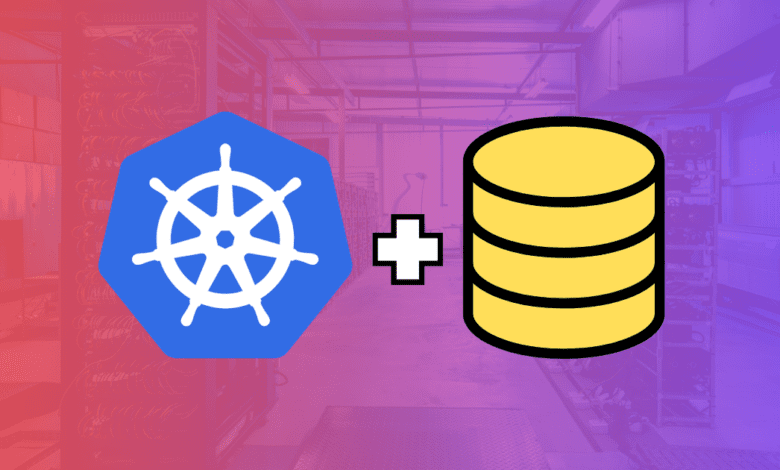
Historically, Kubernetes storage has been challenging to configure, and it required specialized knowledge to get up and running. However, the landscape of K8s data storage has greatly evolved with many great options that are relatively easy to implement for data stored in Kubernetes clusters.
Those who are running Kubernetes in the home lab as well will benefit from the free and open-source options available as these allow you to play around with many different types of persistent storage for your pods.
Kubernetes storage solutions
This post takes a closer look at the top 5 free and open-source Kubernetes storage solutions allowing persistent volume claim configurations for your Kubernetes pods. ***Note*** these are not listed in “best to worst” order and one solution may fit one use case over another.
Ceph RBD
GlusterFS
OpenEBS
Rook
Longhorn
Among the solutions in the list, you have a wide range of choices, including block storage, object storage, and distributed block storage. One or the other may align with different business needs and storage resource consumption requirements. Let’s take a closer look at each one.
1. Ceph RBD
Ceph RBD, or RADOS Block Device, offers a robust and scalable solution for Kubernetes storage. With features like distributed block storage, high availability, and dynamic provisioning, it has become a preferred choice for many in production and in the home lab.
Check out the official Rook page here: Ceph.io.
Key Features and Advantages:
Scalable Block Storage: Supports scaling to handle large amounts of data.
High Availability: Ensures data protection and seamless access.
Integration with Container Storage Interface (CSI): Enables compatibility with Kubernetes clusters.
Disadvantages of Ceph RBD
Complexity in Setup and Maintenance
Ceph RBD can be complex and requires ongoing monitoring and maintenance. This might demand a higher level of expertise and someone who is a subject matter expert. However in the home lab, most of the fun comes from learning and crashing and burning a few times.
Potential Latency Issues
Depending on the underlying storage infrastructure, Ceph might suffer from latency issues, particularly when improperly configured.
Below are a few screenshots from the previous blog post.
2. GlusterFS
GlusterFS provides a distributed file system that integrates seamlessly with Kubernetes storage architecture and can also be used with technologies like Docker Swarm. It is known for its flexibility in managing storage volumes and providing persistent volumes for diverse application needs.
I have been playing around lately with GlusterFS in Docker Swarm and dabbling with it in Kubernetes. Check out the official GlusterFS page here: Gluster.
Key Features and Advantages:
Network Storage Capabilities: Supports multiple nodes, allowing for network file system integration.
Storage Management: Facilitates ease of management with storage clusters and persistent volume claims.
Open-Source Platform: Supported by the Cloud Native Computing Foundation, it guarantees continuous updates.
Disadvantages of GlusterFS
Scalability Challenges
While capable of scaling, GlusterFS might present challenges in large-scale environments, with potential performance drops as the system grows.
Limited Support for Small Files
Handling numerous small files can slow down GlusterFS, impacting overall performance.
3. OpenEBS: The New Wave in Container Native Storage
OpenEBS is recognized for its container-native storage, offering a unique approach to managing Kubernetes storage. Its ability to provide persistent storage tailored to containerized applications stands out.
You can find the official OpenEBS page here: OpenEBS – Kubernetes storage simplified.
Key Features and Advantages:
Dynamic Provisioning: Ensures efficient utilization of storage resources.
Local Storage Devices Integration: Supports local disks, providing high performance.
Cloud Native Storage Solutions: Adaptable to various cloud providers’ services.
Disadvantages of OpenEBS
Potential Performance Overheads
OpenEBS may introduce performance overheads depending on the configuration, particularly with certain storage engines.
4. Rook
Rook is not a storage solution but rather an operator orchestration tool that simplifies Kubernetes storage management. It is often used in combination with Ceph. It delivers a seamless experience in handling storage volumes, temporary storage, and traditional storage systems.
Check out the official Rook page here: https://rook.io/.
Key Features and Advantages:
Automated Storage Operations: Provides automated management for new storage systems and storage classes
Integration with Ceph: Enhances storage providers’ options, offering flexibility
Storage Tier Support: Allows defining storage tier based on performance and cost
Disadvantages of Rook
Complexity with Certain Storage Providers
Integrating Rook with certain storage providers can be complex, requiring careful planning and execution.
Dependency on Supported Solutions
Rook’s effectiveness depends largely on the supported solutions like Ceph, and its disadvantages might trickle down to the Rook layer.
5. Longhorn
Longhorn provides a comprehensive solution for block storage within a Kubernetes environment. It supports various storage providers and offers features like high availability and data protection. Longhorn was one of the first Kubernetes storage solution configurations I played around with in the home lab.
Since it is easy to install and configure if you are running Rancher managed clusters, it is an easy way to get into highly available and resilient Kubernetes storage.
You can check out Longhorn here: Longhorn – Cloud-Native Distributed Storage | Rancher.
Key Features and Advantages:
Simple Deployment: Integrates effortlessly with Kubernetes storage solutions
Persistent Volumes Support: Provides persistent volumes for robust data handling
Remote Cloud Storage Integration: Offers compatibility with popular cloud-based storage services
Disadvantages of Longhorn
Storage Overheads
Longhorn might consume more storage resources than other solutions, particularly large-scale deployments. So you may need to consider limiting storage resource consumption
Lack of Some Advanced Features
Longhorn might lack certain advanced features, limiting its applicability in complex environments compared to some Kubernetes storage solutions
Frequently Asked Questions
What differentiates container-native storage like OpenEBS from traditional storage systems?
Container native storage solutions like OpenEBS are designed to work in containerized environments. Unlike traditional storage solutions, they offer dynamic provisioning and manage storage as a microservice, allowing for better scalability and adaptability to various storage providers.
How Do Cloud-Native Storage Solutions Work with Kubernetes Clusters?
Cloud-native storage solutions are built to integrate smoothly with Kubernetes clusters. They help in maintaining constant uptime and recovery from failures, and also handle increasing or decreasing capacity as needed. Through the use of container storage interface (CSI) plugins, they can interact with different cloud providers’ services, making the management of storage within Kubernetes more flexible and responsive.
Block Storage or Object Storage: Which Should I Choose for My Kubernetes Storage Needs?
Block storage is very performant and usually the preferred choice for applications that require quick access and a large number of I/Os. It’s preferred when high performance is desired. On the other hand, object storage is a more scalable and budget-friendly technology, particularly when dealing with significant volumes of unstructured data.
How does dynamic provisioning in Kubernetes storage solutions like Rook improve storage management?
Dynamic provisioning allows Kubernetes storage solutions to create and manage storage volumes as needed automatically. This leads to better utilization of storage resources, efficiency in handling persistent volume claims, and adaptability to new storage systems, making solutions like Rook highly effective.
How do persistent volumes and persistent volume claims work in Kubernetes storage solutions like GlusterFS?
Persistent volumes (PVs) provide a way to manage storage resources independently of Pods, while persistent volume claims (PVCs) allow Pods to request specific storage resources. In Kubernetes storage solutions like GlusterFS, PVs and PVCs enable applications to utilize storage volumes without concerning themselves with the underlying storage infrastructure.
Can container-attached storage (CAS) like OpenEBS work with local and remote cloud storage devices?
Yes, container-attached storage solutions like OpenEBS are designed to work with various storage resources, including local storage devices and remote cloud storage. They offer flexibility and allow Kubernetes to handle storage volumes in a way that aligns with the cloud native computing foundation principles.
How does Ceph RBD handle data protection and high availability in distributed block storage?
Ceph RBD employs replication and erasure coding to ensure data protection and high availability. Distributing data across multiple nodes and providing redundancy, it ensures that stored data remains accessible even in the event of node failures.
Wrapping up
Kubernetes storage solutions for persistent storage in K8s has been historically challenging to configure and implement. However, we have come a long way since the early days of Kubernetes and there are many free and open-source solutions available now that you can easily spin up in a home lab or even to run production workloads.
Solutions like Ceph RBD, GlusterFS, OpenEBS, Rook, and Longhorn have shown their worth in managing storage resources effectively and providing easy storage for your Kubernetes clusters.
Whether it’s block storage, distributed block storage, or object storage that you need, these open-source tools provide reliable and resilient storage for your Kubernetes environment.


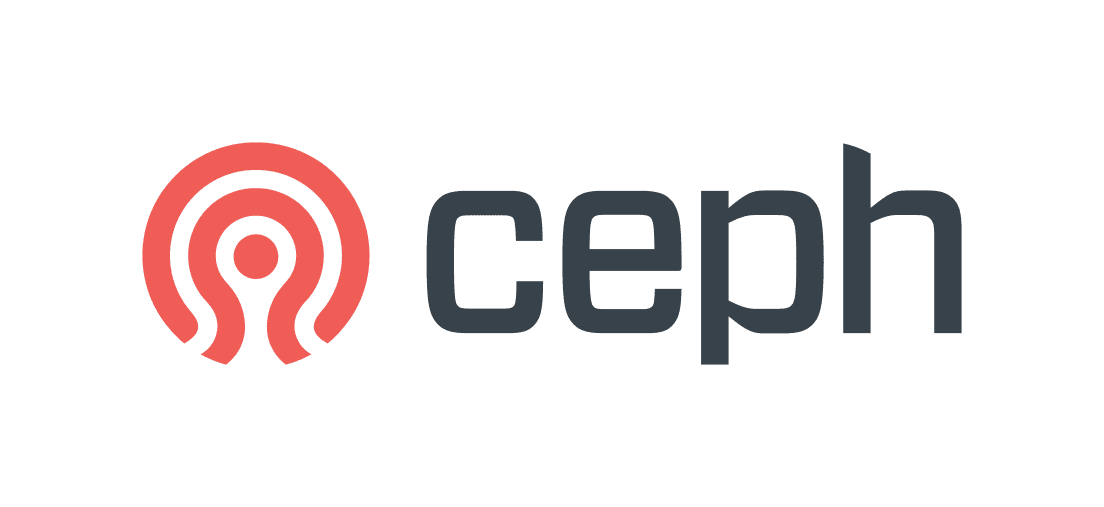
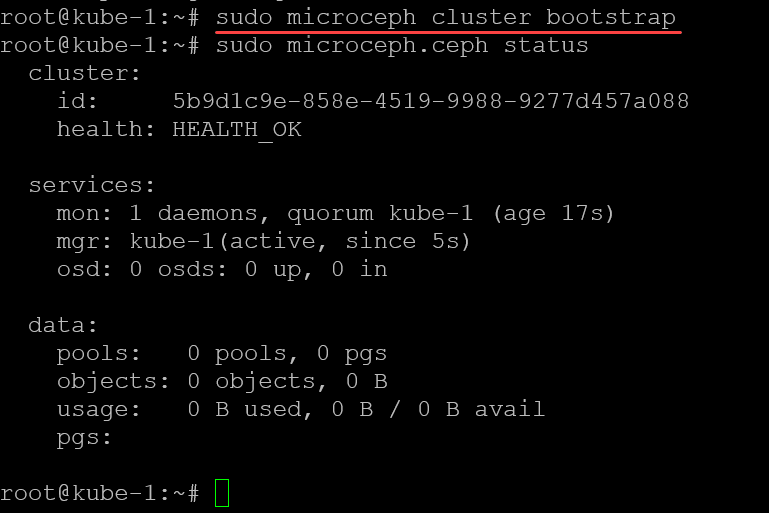
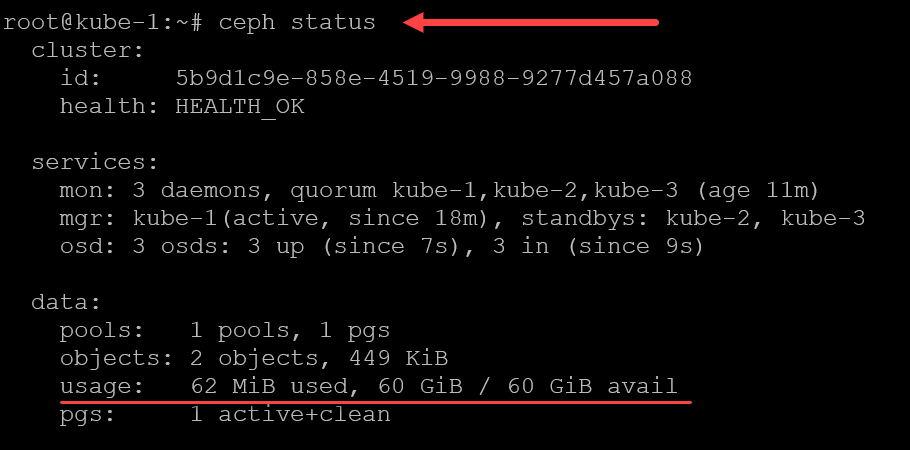
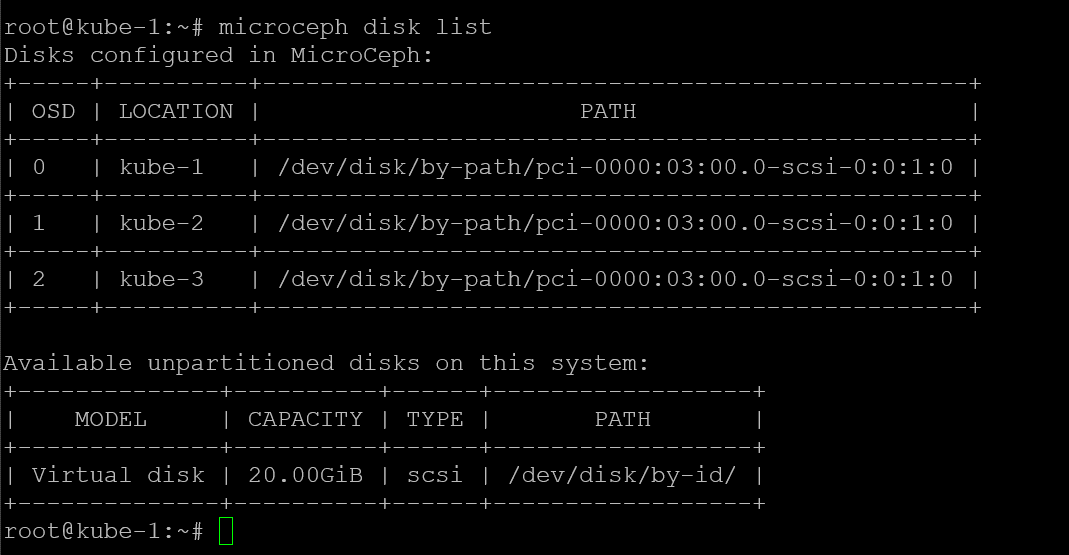



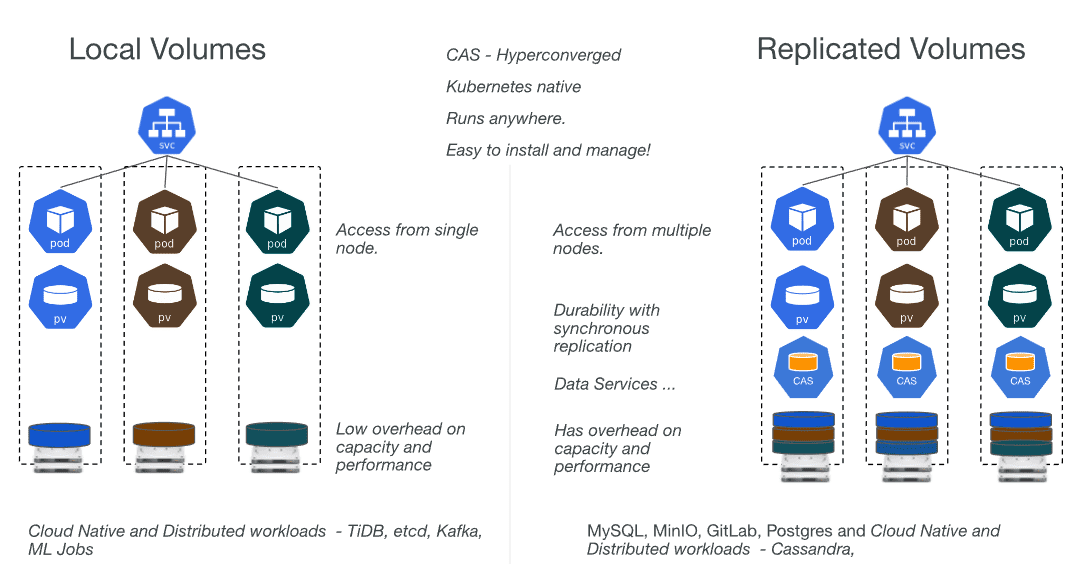
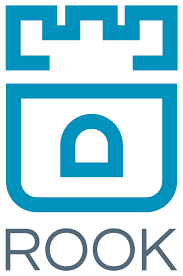
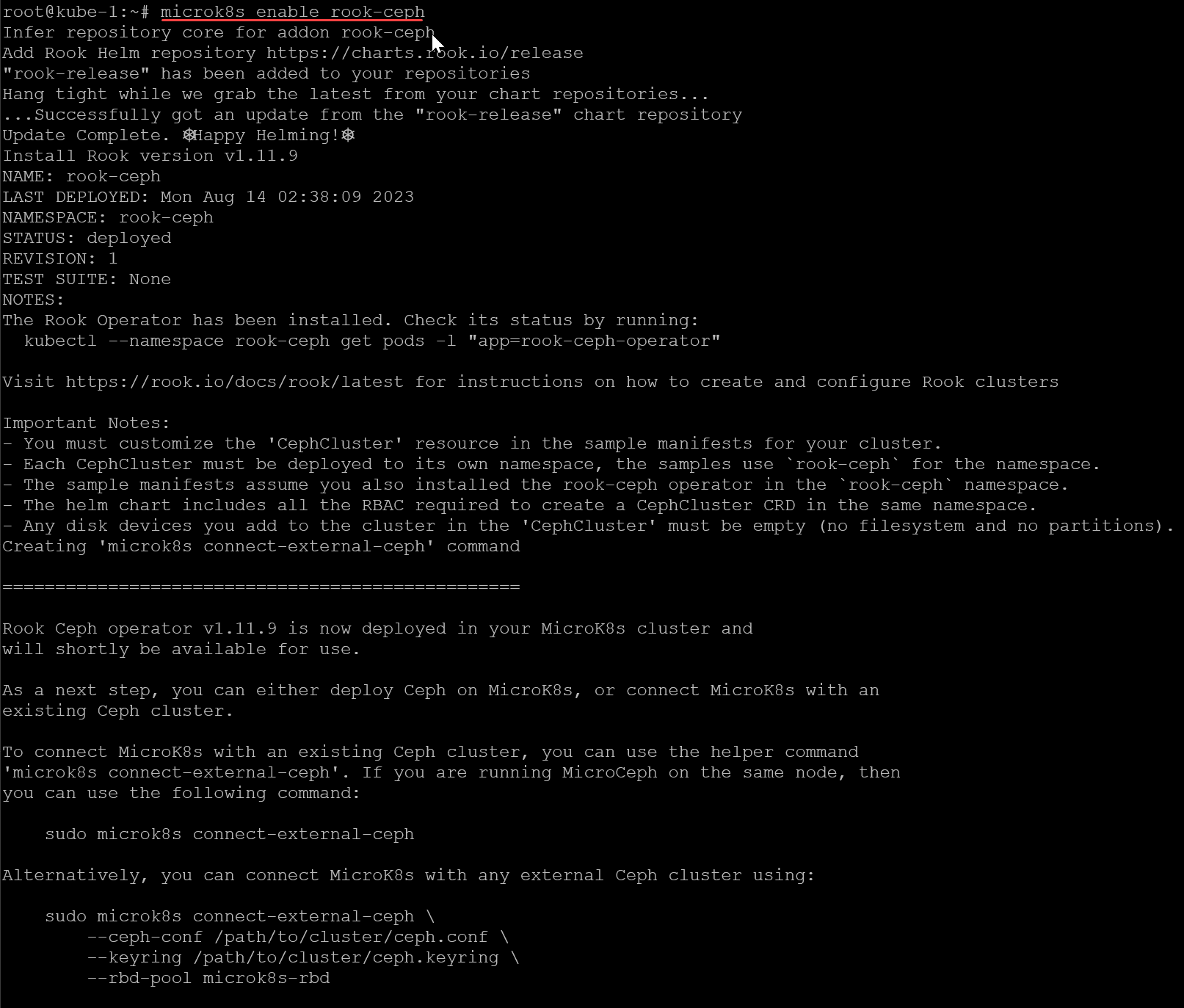

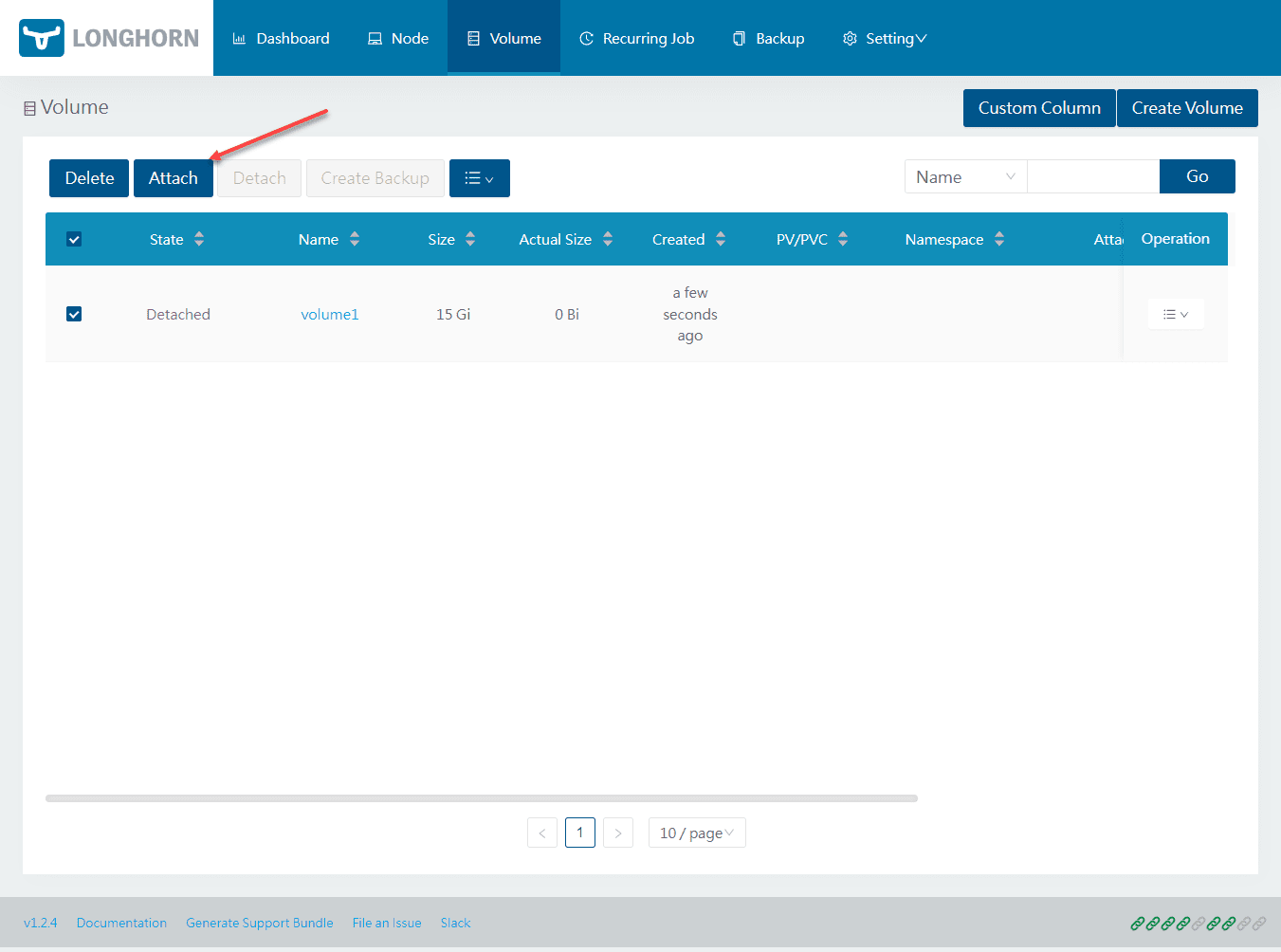

0 Comments